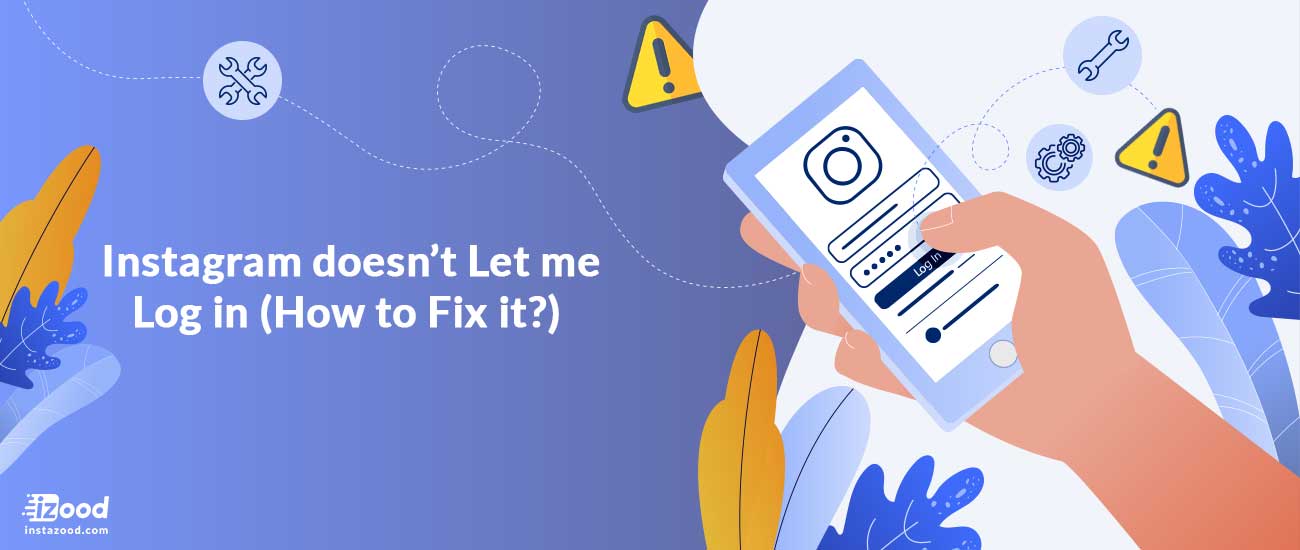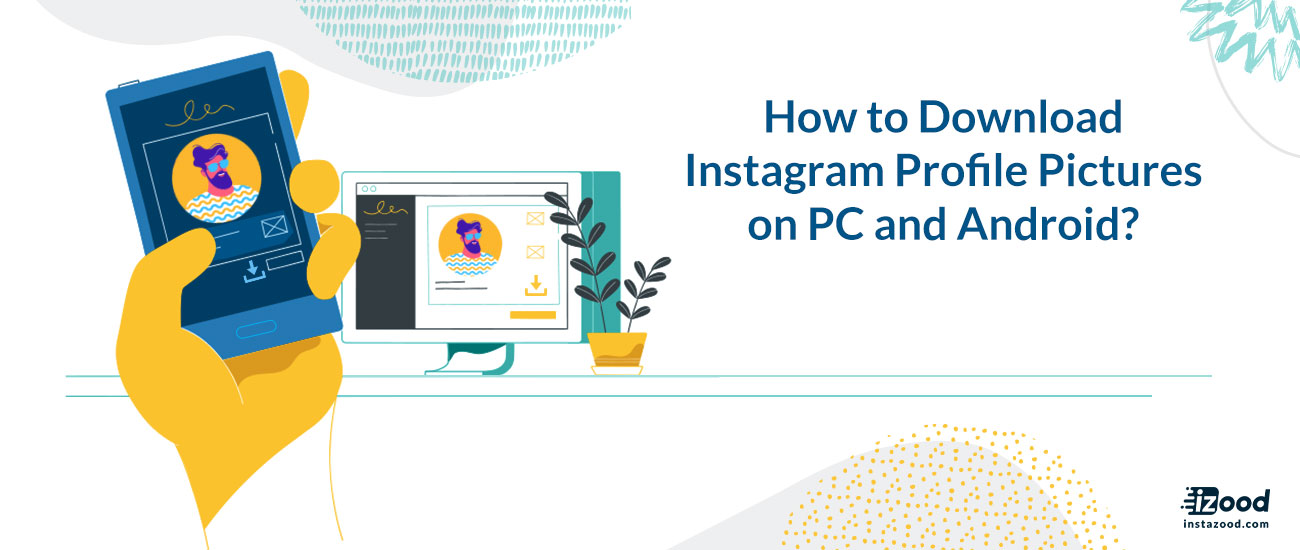Most economies face some form of inflation. Inflation occurs when the price of a products rises suddenly, and the purchasing power of individuals in society decreases. Governments, financial and banking institutions are working to maintain and reduce the point-to-point and annual inflation rates. But sometimes, inflation rises to such an extent that a country’s entire economy is destroyed and goes bankrupt. In this case, the country suffers from new hyperinflation.
You can also read: How to fix pending transaction error?
According to Philip Sagan in The Monetary Dynamics of Hyperinflation, it states that hyperinflation occurs when the price of goods and services suddenly rises by more than 50 percent at one point. For example, if a commodity goes from $ 10 to $ 25 over two months, the economy is on hyperinflation. If this condition persists, inflation will also increase exponentially.
In countries with hyperinflation, the inflation rate is not always above 50%, and for some goods, the rate is even higher. In general, if an economy engages in hyperinflation, commodity prices rise daily, and no fixed rate is involved. A particular product can experience a price increase of more than ten times in one day. After each hyperinflation, most of a country’s industry fails, workers lose their jobs, and taxes rise. Many hyperinflations have occurred in Germany, Venezuela, and Zimbabwe, and in recent years Yugoslavia, Greece, and Hungary have experienced similar problems.
Hyperinflation in Germany
One of the most famous hyperinflations in history is Germany’s World War I hyperinflation. After World War I, the country received large loans from various countries to finance the war. But after the defeat, it faced millions of dollars in debt to other countries, which was the leading cause of hyperinflation.

Many believe that the three leading causes of hyperinflation in Germany. The suspension of gold standards, the high cost of war and the excessive printing of money, and the injection of liquidity into the country. The alternation of gold standards was such that paper cash inside the country reached the people without the backing of any real gold, thus increasing inflation. Instead, countries that lent money to Germany requested it in their currency. Meanwhile, Germany printed more money to buy more currency to suffer a lot of losses.
At a critical juncture, even with daily inflation rising by more than 20 percent, the German currency had become so devalued that burn instead of wood.
Hyperinflation in Venezuela
One of the worst economic crises hits Venezuela since 2010. Although it has largest oil reserves globally, it faces a severe financial crisis due to the lack of proper management of foreign exchange resources.
Inflation in Venezuela has risen from 69% in 2014 to 181% in 2015. Hyperinflation occurred in 2016 when the inflation rate was 800%. At the end of 2017, this number reached 4,000 percent, and at the end of 2019, the inflation rate reached more than 2,600,000 percent.
In 2018, Venezuelan President Nicolas Maduro introduced a new currency called the sovereign bolivar, which had removed the previous cash by five zeros. However, many experts believe that removing zero from the money front is just a political-economic gesture and does not solve any problem.
Hyperinflation in Zimbabwe
After the declaration of independence of Zimbabwe in the 1980s, the country faced many economic problems. Zimbabwean President Robert Mugabe launched the Economic Structural Adjustment Program in 1991, which added to the country’s growing financial woes. Production fell sharply, and an economic crisis erupted in Zimbabwe.

The Zimbabwean dollar depreciated in the late 1990s. Hyperinflation also took shape in the 2000s. Inflation reached 624 percent in 2004, 1,730 percent in 2006, and more than 231,150,888 percent in 2008. Following this incident, the Central Bank of Zimbabwe no longer published any official inflation statistics.
According to statistics, in November 2008, Zimbabwe’s hyperinflation reached its maximum. This figure was 89.7 sextillion percent, which means that it added 98 percent to the inflation rate every day.
Zimbabwe was the first country to experience hyperinflation in the 21st century and recorded the second-worst inflation episode (after Hungary). In 2008, the ZWN was abandoned, and foreign currencies were adopted as legal tender.
Cryptocurrencies are a solution to deal with hyperinflation
One of the main benefits of using Bitcoin is in times of economic crisis in a country. Due to the lack of central management on this type of digital currency, its rate is not related to governments and is open to the public.
Cryptocurrencies are very effective, especially in countries with hyperinflation. In particular, the Venezuelan people, are one of the most significant users of such assets. Due to high demand, the price of digital currencies is also increasing daily.
One way to escape the economic crisis is to use cryptocurrencies that become the currency backbone of a country. However, due to the unsupervised nature of digital currencies, most governments are reluctant to use them as their country’s main currency or as a backup currency.
Conclusion
Many countries with powerful and wealthy rulers who do not take into account the basic economic needs of their people will undoubtedly suffer from hyperinflation. In this case, the purchasing power of the people decreases day by day, the price of goods increases, and the price of currency of that country also decreases. One of the most prominent solutions is a cryptocurrency, which can be used as the main currency in business without considering unit supervision. The higher the hyperinflation rate in a country, the higher the use and demand for digital currency. It is in this state that the price of digital currencies will increase day by day.





